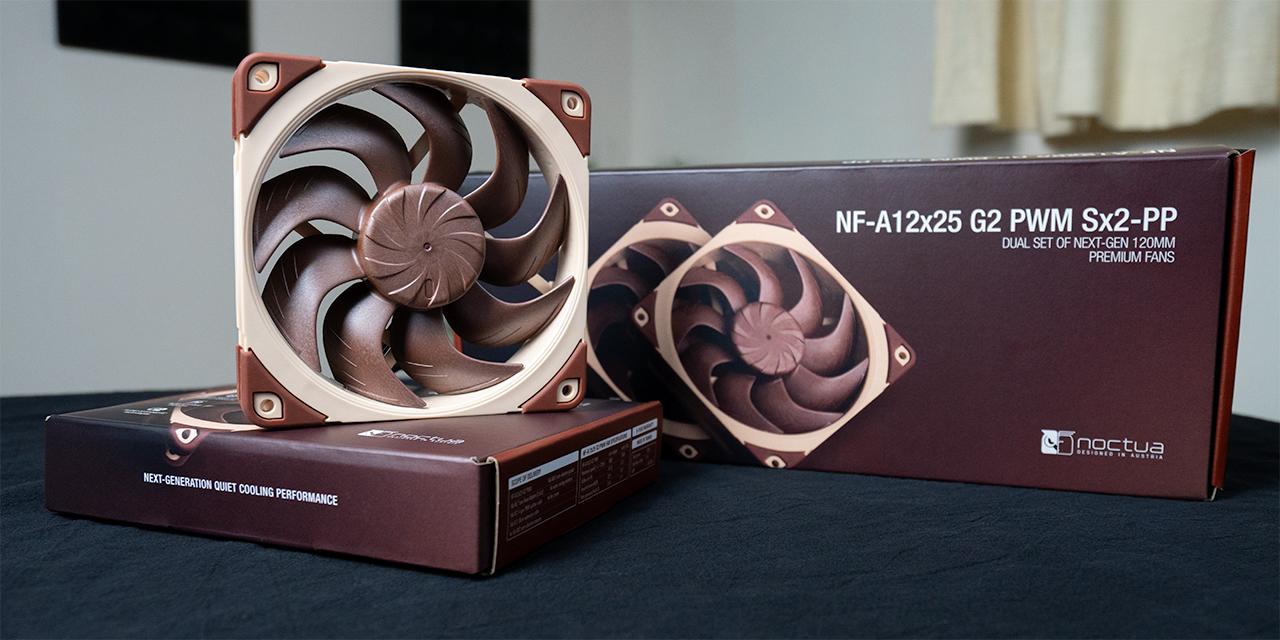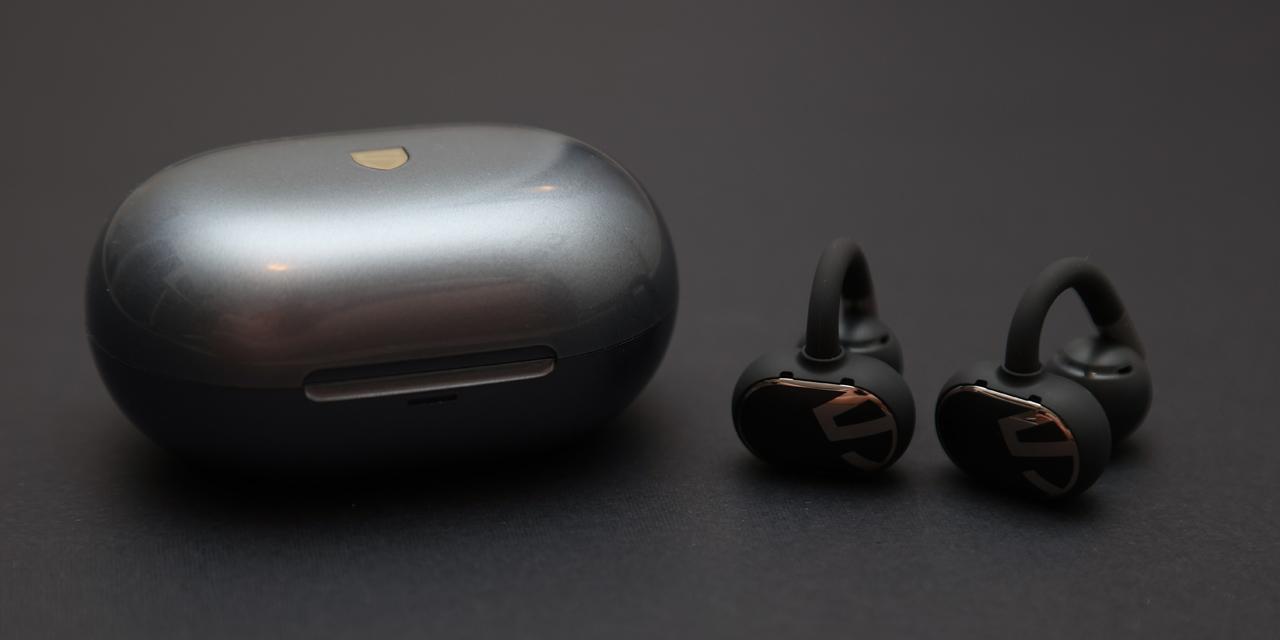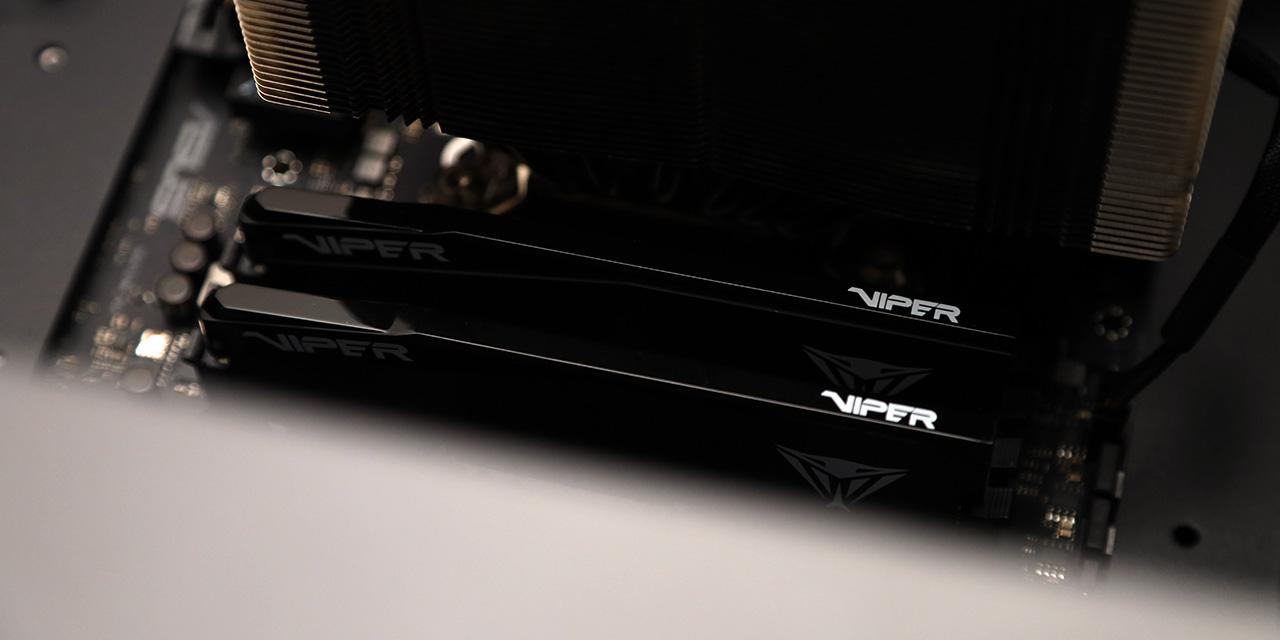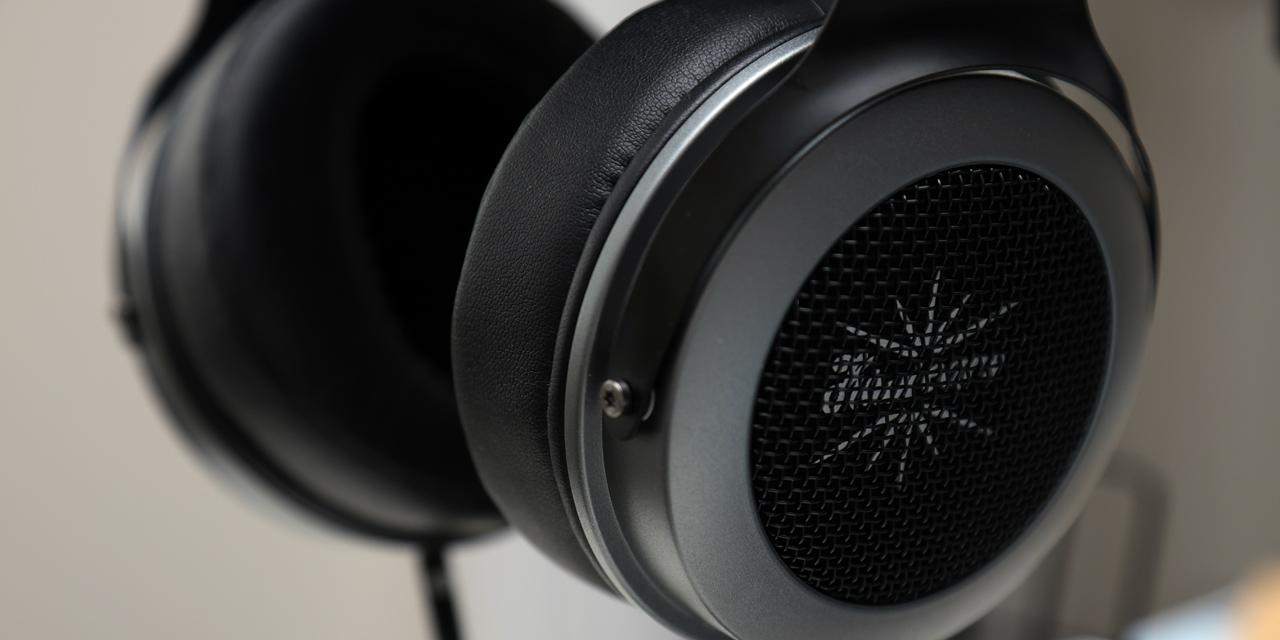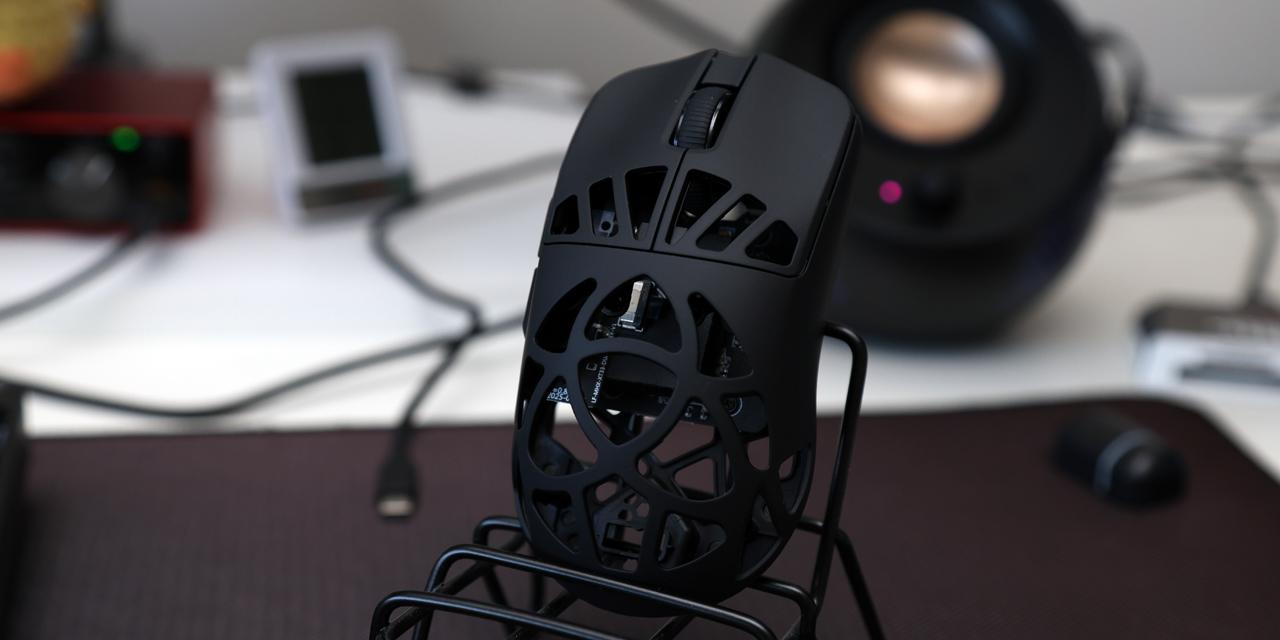Page 4 - Test Results
To evaluate the BLUETTI Elite 200 V2, I put it through a series of tests. First, I measured its battery life in a drain test. In order to do this, I used an electric heater that constantly draws 987W of power, as shown in the photo above. The Elite 200 V2's screen showed 1006W of output due to inverter loss. Still, we got 98.1% of the rated output, which is pretty good. The heater shut off after 2 hours 1 minute, which is 2028Wh. This is 97.8% of the rated capacity, as the internal LiFePO4 battery is specified at 2073.6Wh. The Elite 200 V2 delivered as promised in this test.
The AC charging time is given at 1.6 hours in Standard mode, 1 hour to 80% and 1.4 hours to 100% in Turbo mode, and 3 hours in Silent mode. These estimates seem accurate according to my tests.
The next test is using a MAXIMUM impact wrench. This is an 8.5A high power impact wrench that I use to loosen lug nuts off my car. The purpose of this test was to see if the BLUETTI Elite 200 V2 can handle over 1000W of burst output. The Elite 200 V2's screen showed instantaneous 1100W output when loosening a 95 lb-ft lug nut. The portable power station delivered with no issues, which is expected given its 20A per plug limit.
Here, I used a Vitamix blender to evaluate the BLUETTI Elite 200 V2. The purpose of this test was to test high initial power draw that falls to a moderate sustained load. On start, the Elite 200 V2 showed approximately 700W output, and quickly settled to roughly 420W with the blender operating at maximum speed. Once again, the portable power station delivered with no issues, as this is well within its 20A per plug output capabilities.
Taking the BLUETTI Elite 200 V2 upstairs, I dropped by my bathroom and connected my Conair hair dryer. The purpose of this test was to see how the portable power station worked with a high resistive load. The draw sustained at 1623W, which is still well below its lofty 20A per plug limit.
To push the power station to its limit, I connected two hair dryers to exceed the 2600W limit. The draw spiked to 3140W, and the Elite 200 V2 shut down with an error after about 5 seconds. Power Lifting mode was designed for this purpose, so I activated it and turned on both hair dryers to see how it functioned. It worked, but the output was capped at 2600W, which meant the hair dryers were not able to deliver heat at full speed simultaneously. To be honest, this is well above what even a regular dedicated circuit in North America will deliver, which are specified at 15A or 20A, depending on the purpose. In general, you can just use your Elite 200 V2 like any AC outlet in your house.
Lastly, I plugged my entire desktop setup along with a wireless access point to the BLUETTI Elite 200 V2. This included a desktop PC, two monitors, keyboard, Audioengine HD3 speakers, Corsair iCUE LT100 RGB LED lighting, and an ASUS ZenWiFi XD6 Wi-Fi node. The purpose of this test was to test variable power loads with sensitive electronic devices as well as its UPS function. The power output varied between 75W and 500W on the portable power station. All my computers and electronics functioned as if it was connected to the grid with no unintended effects.
I also tested the UPS mode to test if the Elite 200 V2's response time was fast enough to sustain connected computers in the event of a power failure. This test was conducted by connecting the Elite 200 V2 to a power strip with a switch. The power to the AC will be shut down at random intervals to see if my PC connected to the portable power station will shut down, restart, or otherwise experience interruptions. The Elite 200 V2's rated response time of 15ms was fast enough to sustain power with no issues to the connected devices. It was completely seamless, and I can say the BLUETTI Elite 200 V2 is fast enough to act as a UPS for your PC.
Overall, the BLUETTI Elite 200 V2 power station delivered solid performance across the board in all my tests. Everything functioned pretty much exactly as designed, and the internal fan is quiet in all tested conditions.
Page Index
1. Introduction, Packaging, Specifications
2. A Closer Look - Hardware
3. A Closer Look - Software
4. Test Results
5. Conclusion
